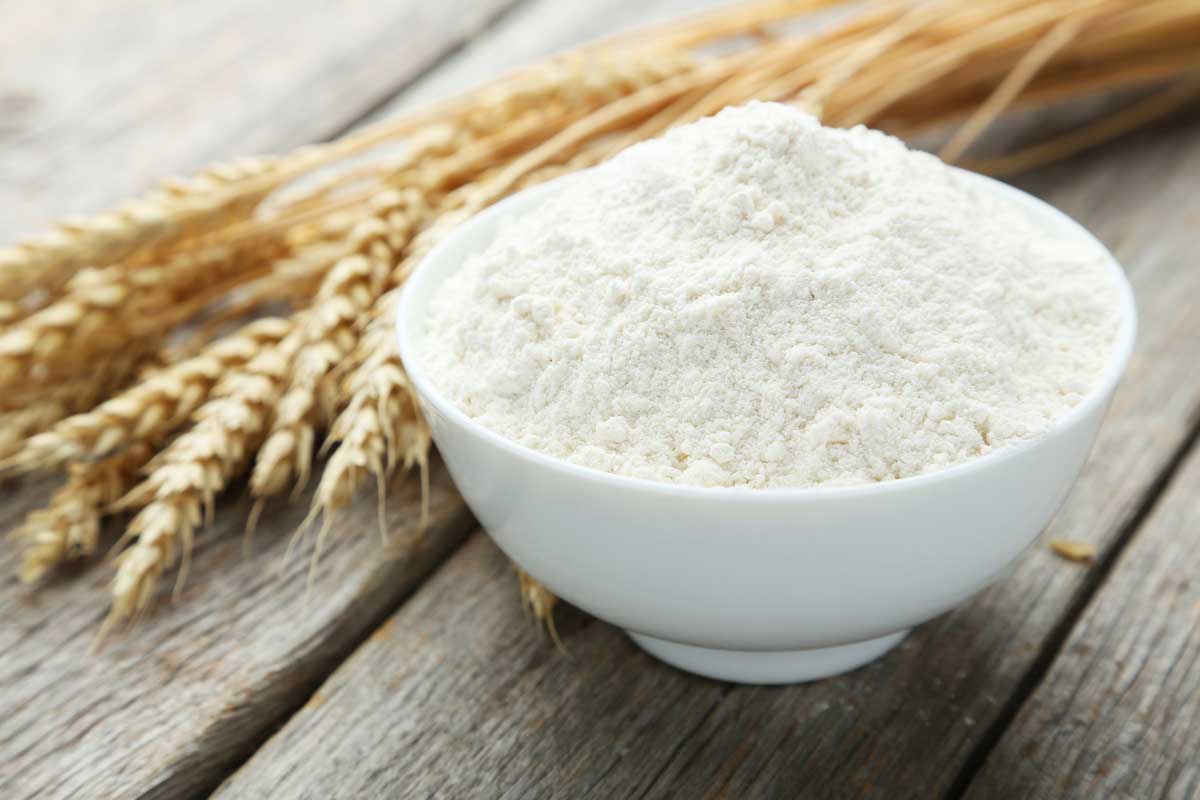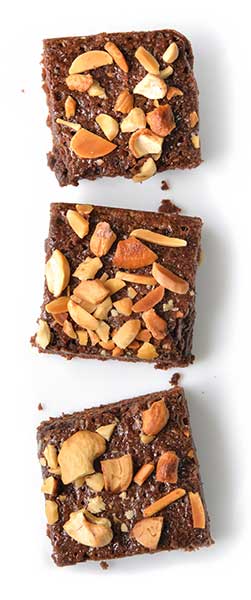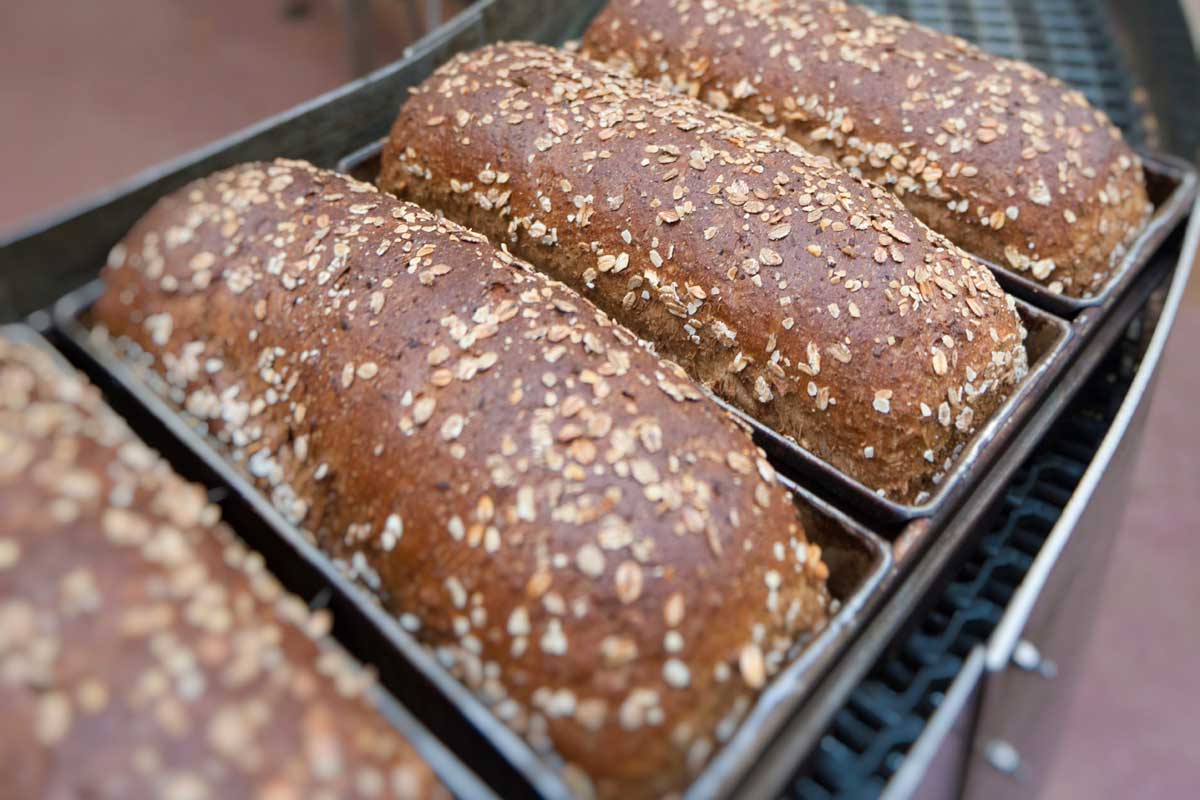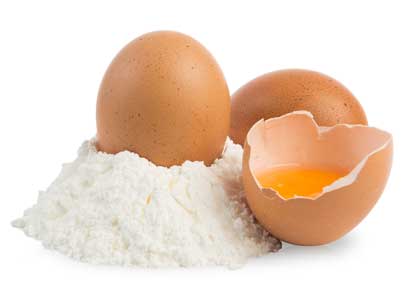By Dr. Hikmet Boyacioglu
Foodborne diseases have been an issue for all societies since the beginning of humanity. Illness and death from diseases caused by contaminated food are a constant threat to public health and a significant impediment to socioeconomic development worldwide. The World Health Organization (W.H.O.) found that the global burden of such diseases is comparable to those of the major infectious diseases: HIV/AIDS, malaria and tuberculosis.
Each year, as many as 600 million people globally — almost 1 in 10 — fall ill after consuming food contaminated by bacteria, viruses, parasites, toxins and chemicals, according to W.H.O. Likewise, the Centers for Disease Control and Prevention (C.D.C.) of the U.S. Department of Health and Human Services stated that foodborne diseases are an important public health burden in the United States with an estimated 1 in 6 Americans (or 48 million people) getting sick every year. Of those, 128,000 are hospitalized and 3,000 die. According to the Center for Science in the Public Interest (C.S.P.I.), a consumer advocacy organization based in Washington, bakery products were associated with 142 disease outbreaks and 2,822 illnesses from 2004 to 2013.
Foodborne illnesses are caused by 31 known pathogens and unspecified agents. Many of these pathogens are tracked by public health systems that follow diseases and outbreaks. Unspecified agents are those with insufficient data to estimate agent-specific burden; known agents not yet identified as causing foodborne illness; microbes, chemicals or other substances known to be in food whose ability to cause illness is unproven; and agents not yet identified. Because you can’t “track” what isn’t yet identified, estimates for this group of agents started with the health effects or symptoms that they are most likely to cause, such as acute gastroenteritis.
Pathogens cause the most foodborne illnesses, hospitalizations and deaths each year. A pathogen is a microorganism (bacteria, parasites, viruses, or fungi) that causes disease in humans, and a foodborne pathogen is an organism that causes disease through food. Molds common to bakery processing are generally not sources of pathogens. Some that grow in cereal grains, however, do produce mycotoxins of concern primarily to feed processors. Such materials are denatured by the processing stages, especially heat treatment, that grains go through before they become bakery ingredients.

According to the C.D.C., the top five pathogens contributing to domestically acquired foodborne illnesses are norovirus, nontyphoidal salmonella, Clostridium perfringens, Campylobacter and Staphylococcus aureus. Among these, the presence of salmonella in bakery products has been a concern for many years. Low levels of salmonella contamination of flour and flour-based mixes have been the cause of numerous foodborne salmonella outbreaks. Ingredients such as raw flour, sugar, dairy products, chocolate and cocoa powder, spices, nuts, peanut butter, dried coconut, dried yeast, and particularly egg and egg products used in the manufacturing of bakery products can carry pathogens and result in pre-baking microbial contamination.
“Bakery products, like many processed foods, are subject to physical, chemical and microbiological spoilage,” said James Smith, Ph.D., Department of Food Science and Agricultural Chemistry, Macdonald Campus of McGill University, in the research report “Shelf Life and Safety Concerns of Bakery Products.” Avoiding that contamination can be difficult.
“While physical and chemical spoilage limits the shelf life of low and intermediate moisture bakery products, microbiological spoilage by bacteria, yeast and molds is the concern in high-moisture products i.e., products with a water activity (aw) >0.85,” Dr. Smith said. “Furthermore, several bakery products also have been implicated in foodborne illnesses involving salmonella species, Listeria monoctyogenes and Bacillus cereus, while Clostridium botulinum is a concern in high-moisture bakery products packaged under modified atmospheres.”
Protective measures
Phil Voysey, Ph.D., Campden and Chorleywood Food Research Association, U.K., said generally the level of food poisoning associated with baked foods is low compared with many other types of food. A wide range of micro-organisms — bacteria, yeasts and molds — can cause spoilage and food-safety issues with baked products.
“However, these can be minimized by adopting strategies to prevent post-baking contamination, destroy post-baking contaminants and control the growth of post-baking contaminants.” Dr. Voysey said.
As E.J. Pyler and Laurie Gorton noted in the fourth edition of “Baking Science & Technology,” some bakery products that rely on egg and milk products have been implicated in salmonella outbreaks. They attributed these contaminations to carrier employees and unsanitary equipment and drew a correlation between favorable temperature conditions for microbial multiplication in the summer months to a rise of outbreaks in that season.
“Baked goods have long been considered ‘low risk’ when it comes to food safety,” noted Sarah Sorscher, deputy director of regulatory affairs at the C.S.P.I. “But recent multi-state outbreaks involving everything from raw flour to peanut butter and shredded coconut have made it clear that salmonella, STEC E. coli and other dangerous pathogens can hide out in common baking ingredients, putting customers at risk.”
After outbreaks were caused by consumption of raw flour products, major flour milling companies developed ready-to-eat flour, which is typically heat treated and has been available in the market for several years. In addition, flour mills have taken steps to establish a safe flour supply.
The globalization of food production and trade has raised the potential of food safety issues to an international level.
Thermal processing such as baking or frying is the most widely used method to kill pathogens in food products and is generally controlled by setting a time-temperature target required for the destruction of pathogenic and food spoilage microorganisms, inactivation of enzymes, and desired changes to product flavor, color and texture. However, the effectiveness of the thermal process primarily depends on the heat resistance of microorganisms and widely varies depending on factors such as water activity, pH and fat content. Due to the widely varied formulation of bakery products, parameters of the thermal process should be controlled and verified for each case.
According to the U.S. Food and Drug Administration (F.D.A.), heat treatment is a common lethality process control and exists at two levels: heat treatment that leads to commercial sterility and heat treatment that reduces pathogens but does not lead to commercial sterility. Commercial sterility requires heat processing at high temperatures (greater than 212°F) under pressure with the objective of killing all forms of microorganisms, including the spores of bacteria. These treated products are shelf-stable. In some cases, lower temperatures can lead to shelf-stable products when the pH is low enough to prevent growth of surviving spore formers. Heat processing at lower temperatures, between 158 and 212°F, will kill the vegetative forms of microorganisms but will have little to no effect on bacteria spores, resulting in a heat treatment that reduces pathogens without reaching sterility. These treated products are not shelf-stable and require controls such as refrigeration to inhibit spores of bacterial pathogens.
“Cooking usually results in significant microbiological kill — effectively resulting in a pasteurized product,” said Anton Aldric, Ph.D., of Campden BRI, Chipping Campden, U.K. “In terms of microbiological safety, incidents where consumer health has been compromised often represent issues with the outgrowth of bacterial spores not destroyed under normal processing conditions. Where reports of food poisoning linked to bread itself (rather than other ingredients like sandwich contents) have been made, the cause has either been unknown or reflective of staff hygiene.”

The time and temperature used to bake products are set to achieve a quality product.
“A consequence of this is that vegetative microorganisms, including yeast used to raise bread, are killed,” Dr. Voysey explained.
However, sometimes spore-formers can survive.
Also, some baked products include cream, cold custard, icing, spices, nuts, or fruit toppings or fillings that may be prepared without any heat processing. Many bakery products and their ingredients have a pH greater than 4.6 and an aw greater than 0.85, which are conditions conducive to the growth of pathogenic bacteria. For example, custard used in many filled bakery products has a pH that ranges from 5.8 to 6.6 and is ideal for salmonella growth.
In a recent study, Kantha Channaiah, Ph.D., director of microbiology, AIB International. conducted research to validate a simulated commercial whole wheat multigrain bread baking process at 375°F for 35 minutes to inactivate salmonella and determine the thermal inactivation parameters of a 7-serovar salmonella cocktail in whole wheat multigrain bread dough. Researchers found that bread water activity profiles on the surface and inside varied during the baking process. Data provided the basic information on the thermal resistance of salmonella at the start of the baking process and showed that baking whole wheat multigrain bread at more than 374°F for at least 16 minutes will control the risk of salmonella. In 2017, the same group investigated the potential risk of salmonella in muffins when contamination is introduced via flour and reported that a typical commercial muffin baking process using an oven temperature of 375°F for at least 17 minutes is an effective kill-step, reducing five log cycles of salmonella.
Validating precautions
Erdogan Ceylan, Ph.D., fellow of Merieux NutriSciences, said the food industry has evolved from locally grown and consumed products to national and international operations. The globalization of food production and trade has raised the potential of food safety issues to an international level. The food industry has done a remarkable job ensuring food safety not only at the national level but also internationally, Dr. Ceylan said.
“As part of this effort, food companies — many times under regulatory guidelines — are required to validate their operations for safe and quality foods,” Dr. Ceylan said. “Process validation studies determine the ability of a specific critical control point of a HACCP plan to achieve desired food safety objectives.”
Under the Food Safety Modernization Act (FSMA), every food manufacturing facility registered with the F.D.A. must scientifically demonstrate and document evidence of the kill-step in baked foods production, according to AIB International. Through this scientific validation, bakers can confirm that the thermal process is consistently delivering a desired lethal effect to ensure pathogenic microorganisms’ destruction.

“FSMA is an important step in ensuring that the U.S. food supply is safe by shifting the main focus more on preventing food safety failures during manufacturing,” Dr. Channaiah said. “Specifically, the FSMA validation rule states that human food manufacturing facilities subject to the preventive control requirements in 21 CFR §117.160 must validate that the preventive controls implemented are adequate to control the potential hazard as appropriate to the nature of the preventive control and its role in the facility’s food safety system.”
AIB International collaborated with the American Bakers Association (A.B.A.) and researchers at Kansas State University and the University of Georgia to create the Baking Process Kill Step Calculators. According to AIB International, baked food producers can use these calculators to increase food safety assurance, comply with FSMA’s regulation for hazard analysis and preventive controls and avoid conducting foundational research, which can cost upwards of $50,000 per product. Currently, there are 10 calculators for salmonella in different bakery products available, including basic round top cake muffins, crispy cookies, cheesecake, flour tortillas, fruit-filled pastry, hamburger buns, nut muffins, soft cookies, 100% whole wheat multigrain bread and yeast-raised donut.
“There are more than 2,000 bakery products on the market shelves, and our goal was to develop a standardized methodology that the baking industry could use to show that the baking process destroys pathogens” said Rasma Zvaners, vice-president, regulatory and technical services, A.B.A. “This methodology, supported by the F.D.A., allows bakers to rely on an industry-wide approach to comply with FSMA rather than having to validate their own products. A.B.A. is the only association to date to take such action on behalf of its members.”
The fruit-filled pastry calculator was the tenth developed by AIB International, and, Dr. Channaiah said, fruit-filled pastries are one of the most popular bakery products in North America and Europe.
 “This science-based validation tool’s main objective is to help commercial bakers demonstrate the effectiveness of an oven to destroy salmonella during fruit-filled pastry manufacturing,” Dr. Channaiah said.
“This science-based validation tool’s main objective is to help commercial bakers demonstrate the effectiveness of an oven to destroy salmonella during fruit-filled pastry manufacturing,” Dr. Channaiah said.
The fruit-filled pastry kill step validation calculator, generated from salmonella-inoculated laboratory studies, uses time and internal product temperature readings to calculate a predicted total process lethality for salmonella.
FSMA requires food manufacturers to establish and implement a food safety system using hazard analysis and risk-based preventive controls. HARPC requires validation and verification of all preventive controls that are critical processing steps for food safety by obtaining and evaluating scientific and technical evidence to determine whether the preventive controls. When properly implemented, these safety measures will effectively control the hazards that are reasonably likely to occur.
Dr. Ceylan said process validation studies can be conducted in a laboratory setting using the pertinent pathogens in the product. The laboratory process requires either installing the actual equipment or simulating the process parameters in the laboratory. Some processing conditions cannot be mimicked due to their complexity.
“Whole genome sequencing and advanced detection methods are also making it easier than ever to trace even rare human illnesses back to unlikely food sources,” Ms. Sorscher said. “All of this has highlighted the need for the food industry to step up its game and spot food safety risks before they have a chance to hurt consumers.”
In addition to farm-to-fork food safety management strategies, technology advances will also contribute to minimizing outbreaks caused by pathogens in bakery products.
Editor’s Note: This is the second installment of a four-part food safety series. To read the read the first installment, click here. Future articles will discuss cross-contamination inside and outside the plant, and allergens and sanitation.



